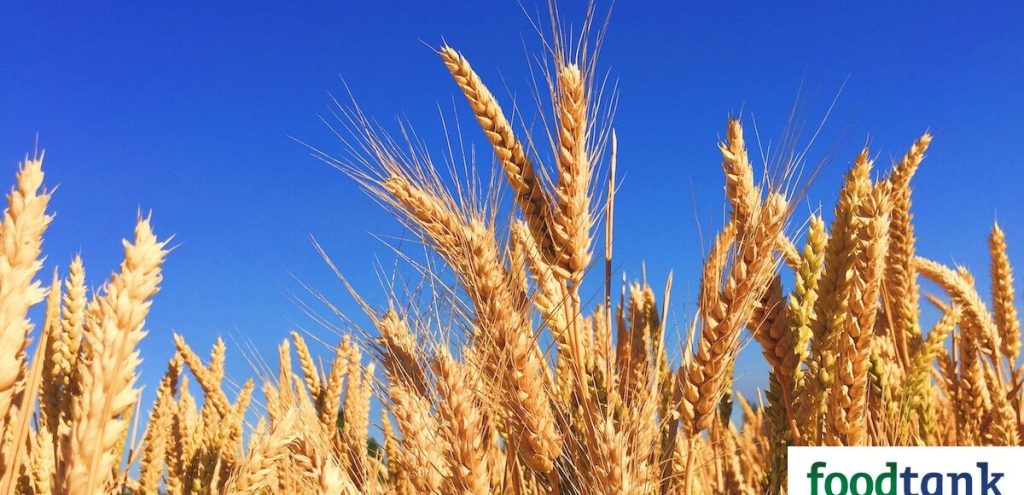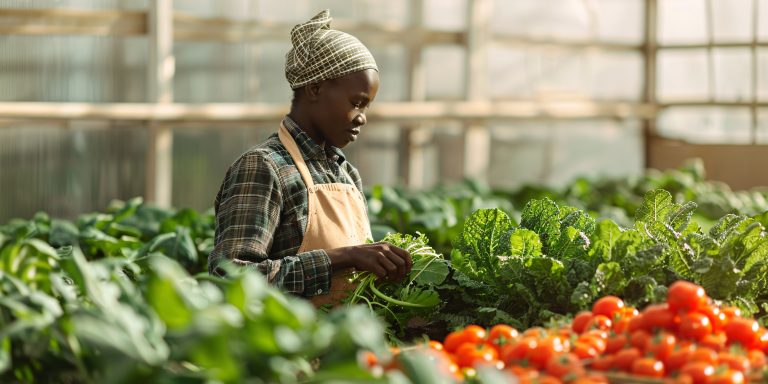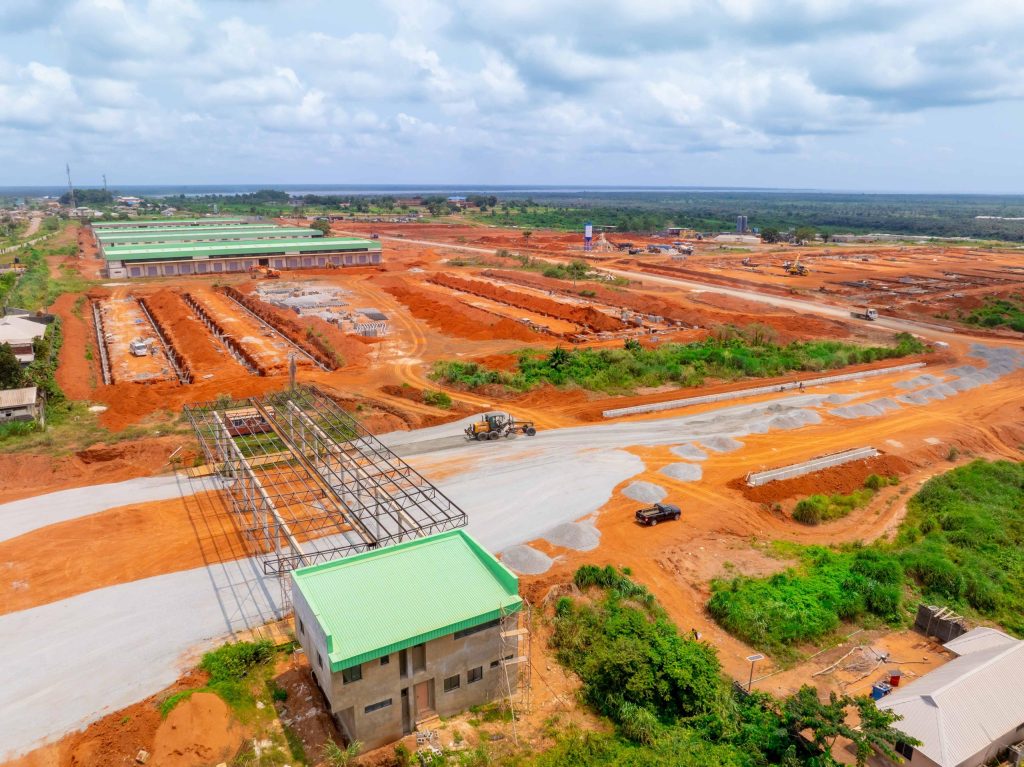Nigeria’s Path to Feeding the World with Wheat

Bread Has Become the Cheapest Staple Food of Our People. Many countries in the Third World have become heavily dependent on staple food which they import and for which conditions for local production are poor or non-existent.
FAS Lagos (Post) forecasts Nigeria’s wheat production in the marketing year (MY) 2019/20 (July-June) to reach 60,000 metric tons (MT), unchanged from the production figure for marketing year 2018/19. Post forecasts area harvested to remain at 60,000 hectares, with yields holding steady at one metric ton per hectare. Low yields are attributable to poor soil quality combined with limitations on suitable production areas. The wheat planting campaign commences in the fall, with the harvest occurring normally in April. Wheat production lands during the rainy season (late April-September) are under cultivation with rainfed crops.
Rice is sometimes double-cropped with wheat. Both wheat and rain-fed crop farmers are dependent on timing of when rains commence and end. Farmers for over a decade now have been struggling to predict when rains will come; this is adversely affecting farming operations. Flooding during July to October 2018, ravaged farms nationwide undermining Nigeria’s food security. Sources indicate that some agribusinesses are increasing their number of contracted wheat farmers. With the aim of boosting yields and quality, agribusinesses are extending training to their contract wheat farmers. The incentive is leading to some production increases.
Nigeria’s traditional wheat producing regions are located in the country’s northeast region and in the highlands. Wheat production in the northeast region (i.e., states of Adamawa, Bauchi, Borno, Gombe, Taraba, and Yobe) has been declining in recent years due to Islamist insurgencies. Sources comment that for production levels to increase, in order to come close to meeting local demand needs, this will require long-term private sector investment along with massive infrastructure development and greater access to untitled (free) lands.







